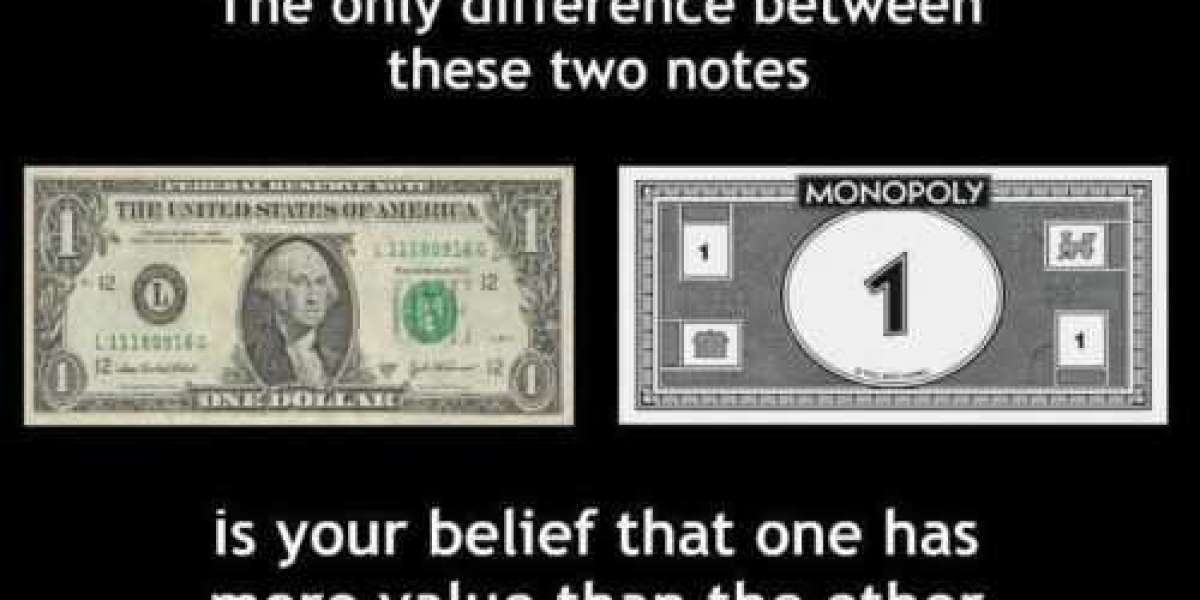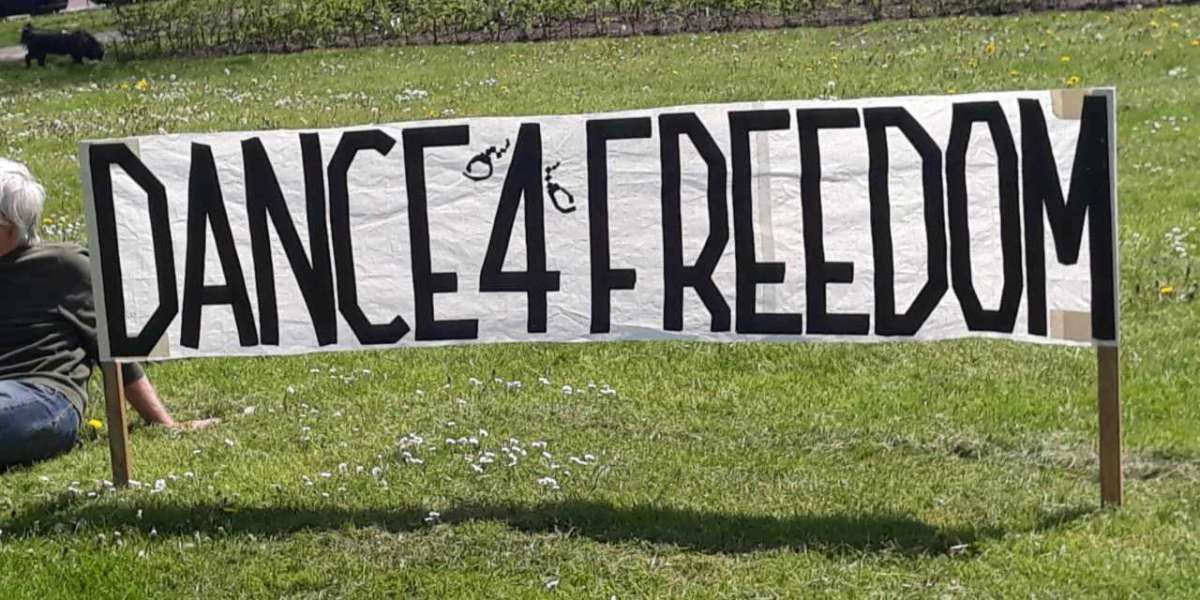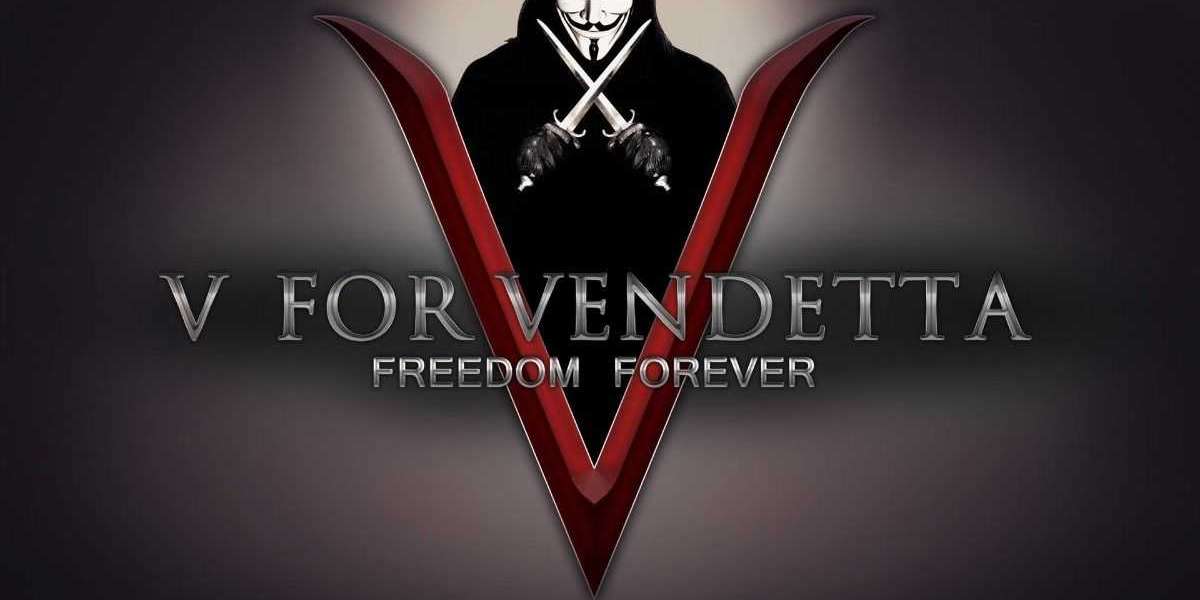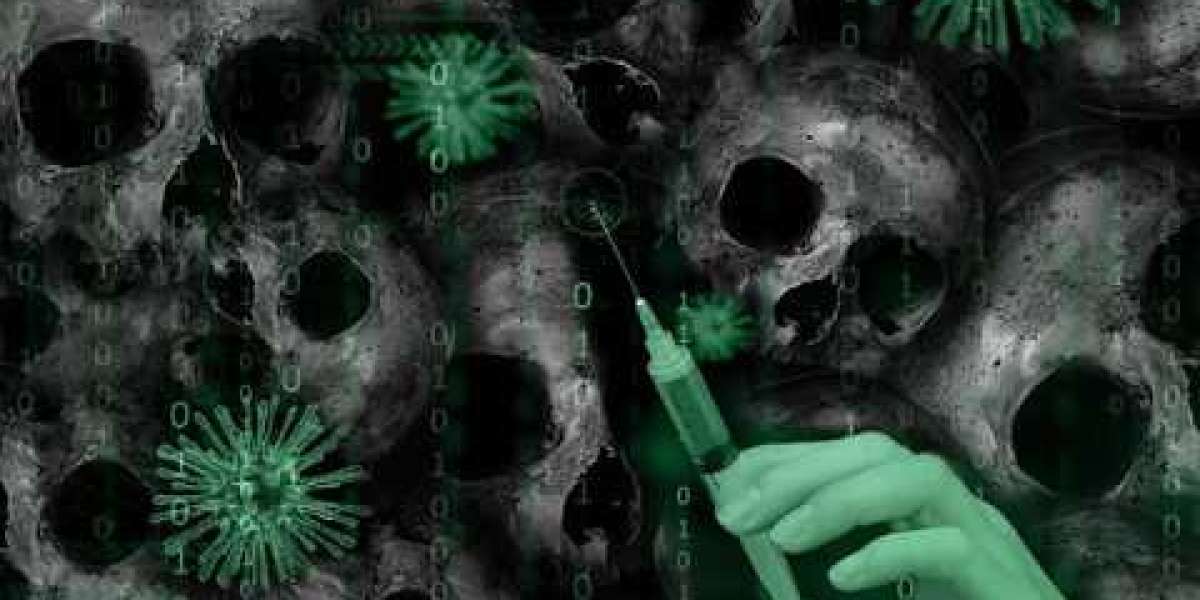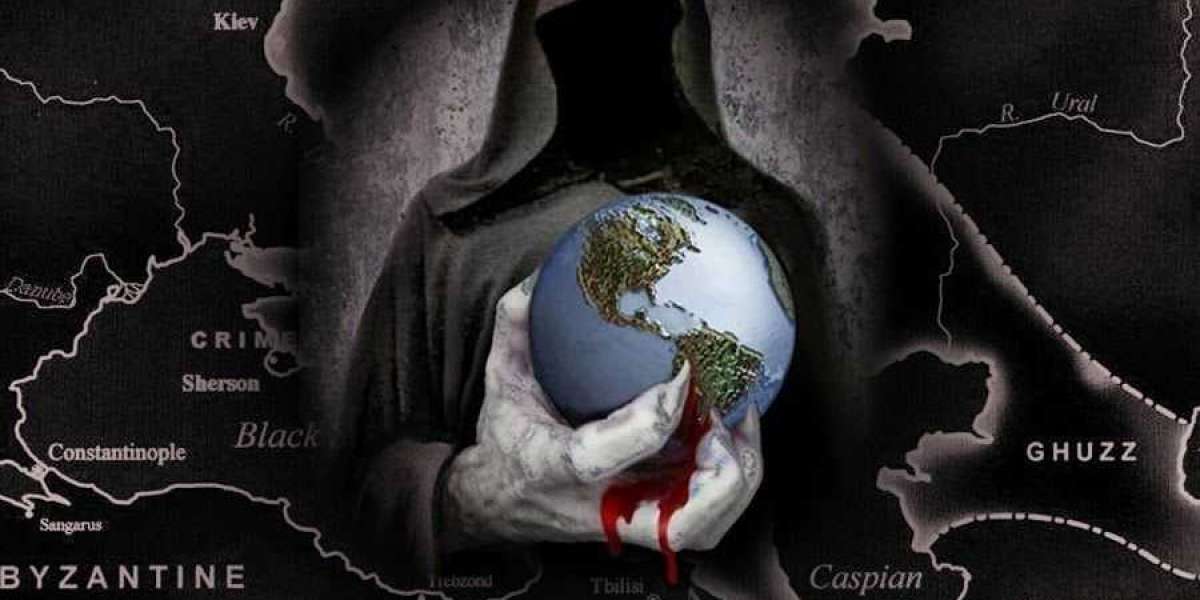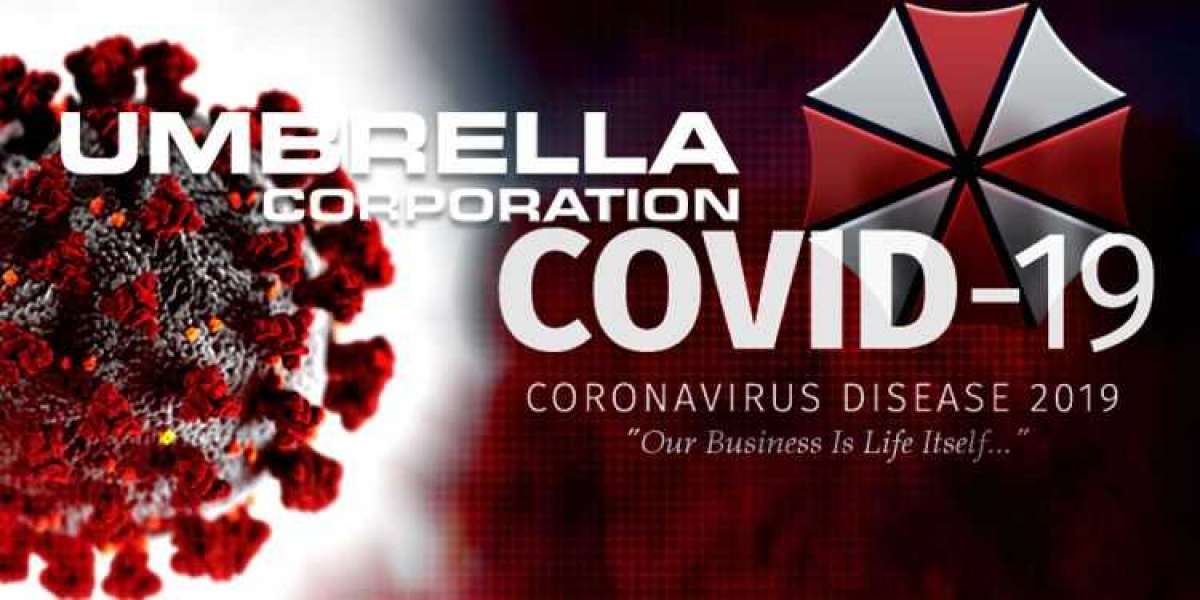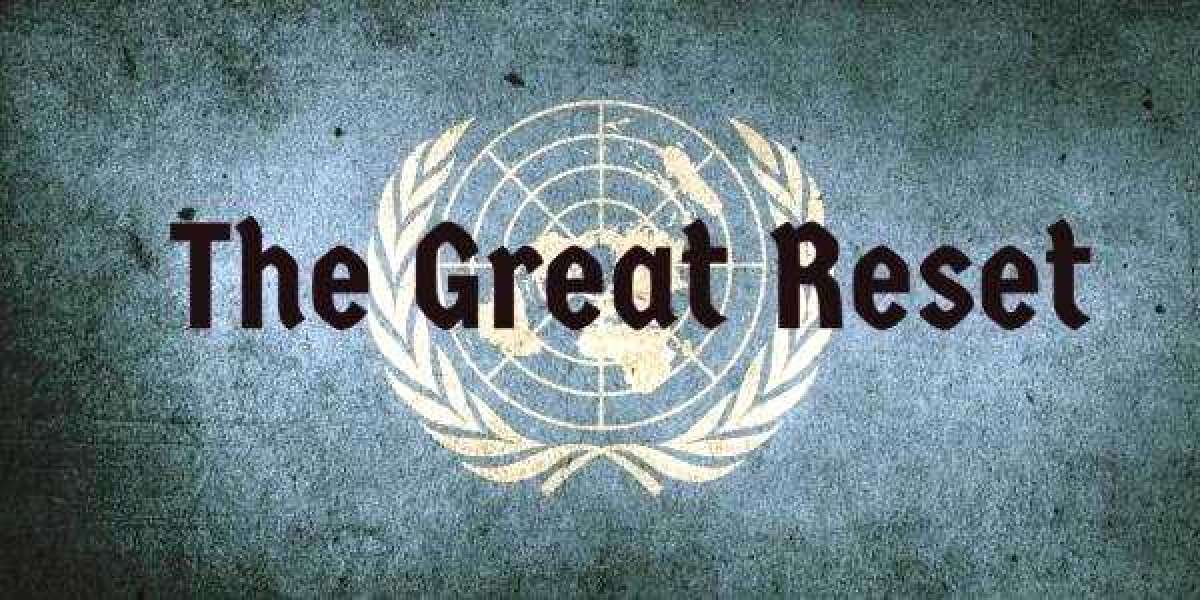Sources: all over the internet. Key words: Fractional Reserve Banking, Fractional Reserve Deposit Expansion, The Creature From Jekyll Island, The Rothschild Dynasty, The Fed, The Money Myth Exploded, A Debt-Money System, Funny Money, I Want The Earth Plus 5%
Money today is not backed up by anyting of intrinsic value whatsoever such as gold or silver. The fraction on nothing is not 52% nor 15% nor the infamous 18%, it is 0%. The fraction has traveled the path of all previous fractional money in history and has degenerated into pure fiat money.
That most of this current fiat money is in the form of checkbook balances rather than tangible currency is a mere technicality, and that it is spoken about as "reserve ratios" is of no consequence. The so-called reserves are, in fact, treasury bonds and other certificates of debt. Modern money is pure "fiat" through and through.
In spite of the technical jargon and seemingly complicated procedures, the actual mechanism by which a bank creates money is quite simple. They do it exactly the same way as the goldsmiths of old, except the goldsmiths were somewhat limited by the need to hold some precious metals in reserve as backing whereas the modern bank no longer has such a restriction.
But how then do the magicians create the illusion of modern money?
- The Mandrake Mechanism : Social Debt
The entire function of the illusion is to convert future debt into money in the present. It's that simple.
When a government wants to issue some money, they issue some bonds. --These bonds say, in effect, if you, the bank, will lend us, the government, the face value of these bonds, we, the government, will repay you, the bank, the face amount plus interest.-- The government notifies the bank that they want to issue bonds and thereby increase the money supply. The bank tells the treasury to print up some money which the bank pays the printing costs for. The bank then uses this money to purchase the government bonds at face value. The government then spends the money into circulation.
The bank has issued the money, by purchasing the government bonds, so that the government can repay the face value of the bonds, but the bank has not issued sufficient money to pay the interest. This is what the bank does and the government and the treasury are in on it - wittingly.
So, the bank takes government bonds which the public at large does not buy and writes a check to the goverment in exchange for them. --It acquires other debt obligations as well, but government bonds comprise most of its inventory.-- There is no money to back up this check. This fiat money is created on the spot for that purpose.
By calling those bonds "reserves", the bank then uses them as the base for creating additional notes (usually 9) for every note created for the bonds themselves. The money created for the bonds is spent by the government, whereas the money created on top of those bonds is the source of all the bank loans made to the nation's businesses and individuals.
The result of this process is the same as creating money on a printing press, but the illusion is based on an accounting trick rather than a printing trick.
The bottom line is that the government, the treasury and the bank have entered into a partnership in which the bank has the privilege of collecting interest on money which it creates out of nothing which in turn creates a perpetual override on every note that exists and the government has access to unlimited funding without having to tell anyone their taxes are being raised through the process of inflation so that the government can pay the interest to the bank.
- But who then creates, ever so magically, the money to pay the interest?
If you borrow €10,000 from a bank at 9%, you owe €10,900. The bank however, only manufactures €10,000 for the loan. It would therefore seem there is no way that you - and all others with loans - can possibly pay off the indebtedness. The amount of money put into circulation just isn't enough to cover the total debt which includes the interest. This has led some to the conclusion that it is necessary for you to borrow the €900 for interest, and that, in turn, leads to still more interest. The assumption is that the more we borrow, the more we have to borrow, and that debt based on fiat money is a never ending spiral leading inexorably to more and more debt.
This is partially true since there is not enough money created to include the interest, but it is a misconception that the only way for you to pay interest is to borrow more. The assumption does not take into account the exchange value of labor.
Say that you pay back your €10,000 loan at the rate of approximately €900 per month and that about €80 of that represents interest. You realize you are hard pressed to make your payments so you decide to take on a part-time job.
The bank is now making €80 profit each month on your loan. Since this amount is classified as "interest," it is not extinguished as is the larger portion of your repayment which is a return on the loan itself. So the €80 remains as spendable money in the account of the bank.
The decision then is made to have the bank's floors waxed once a week. You respond to the ad in the paper and are hired at €80 per month to do the job. The result is that you earn the money to pay the interest on your loan, and the money you receive is the same money which you previously paid your interest with. As long as you perform the labor for the bank each month, the same dollars go into the bank as interest, then out of the bank as your wages, and then back into the bank as loan repayment.
It is not necessary that you work directly for the bank. No matter where you earn the money, its origin was a bank and its ultimate destination is a bank. The loop through which it travels can be large or small, the fact remains that all interest is paid eventually by human effort. The significance of that is even more startling than the assumption that not enough money is created to pay back the interest, it is that the total of this human effort, ultimately, is for the benefit of those who create fiat money in the first place.
So, no one creates the money to pay the interest, and the money that appears to exist is based upon, and backed by, nothing other than future debt. It's a sleight of hand; trickery.
Money is not the problem, nor is credit, interest is. Interest is the illusion of money since it never existed in the first place, therefore does not exist, thus will never exist. The idea exists, the thing itself does not: The Mandrake Mechanism.
When you understand the above, you understand the current banking system known as Fractional Reserve Deposit Expansion or Fractional Reserve Banking (Social Debt), and you can do no other than to conclude that it is a scam. It actually is modern serfdom in which the great mass of society works as indentured servants to a ruling class of feudal lords: the financial nobility.
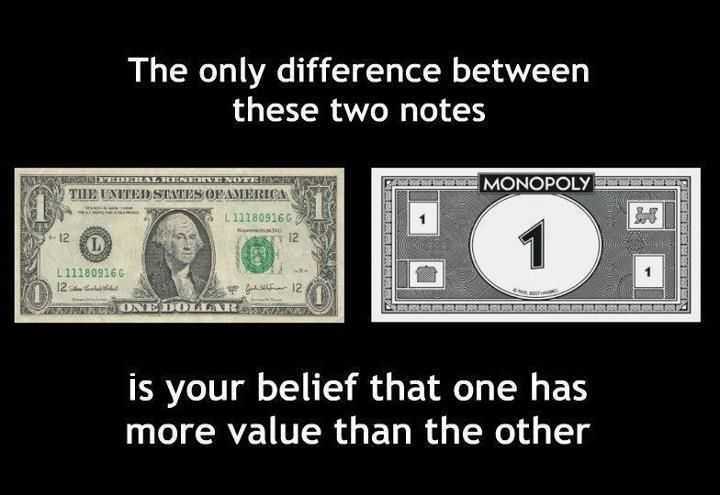
It doesn't have to be that way.
Money/currency itself is not valuable; only the goods and services that can be bought with it are. The wealth of any individual or nation is ultimately determined by what is produced in terms of valuable products and services, not by how much money/currency it prints, distributes and holds. A nation could actually survive without any money/currency at all as long as it is otherwise productive. Without production of goods, the offer of services and the exchange of them, money/currency immediately loses its alleged value.
The purpose of money/currency is to facilitate the exchange of goods and services. Money/currency is thus merely an extension of the barter system. Barter is the act of trading something one possesses or does, for something of someone else. Production and barter is the basis of all economy; they are the necessities for any economy, money/currency is not.
Within a Social Credit system, as opposed to the current system of Social Debt, money gets its value, not from raw materials itself, but, from the products which that money buys. Money then, is an accountancy; credits passing from one account to another in accordance with sales and purchases, i.e., the sum total of production. Each time production increases, there is a corresponding increase in the amount of money.
Never at any time interest is paid on any money and progress is marked, not by an increase in public debt, but, by issuing an equal dividend to each individual and prices are adjusted to the over-all purchasing power by a coefficient of prices. Nobody loses, everybody wins!
And there you have it, Social Credit.
We can therefore conclude, incontrovertibly, as long as governments and banking cartels appear unable to come up with Social Credit; the solution to the financial problems readily at hand; Social Credit thus, it is indubitably axiomatic that governments and financial institutions are Punch Judy Shows.
Let's be realistic here, when you and I can think of it, governments and banking cartels cannot??
Put a 1% tax on all stock market transactions
- which would generate millions, nay, billions, if not trillions, a year for the treasury, worldwide
- which would pay for everything, incl. governmental debts
- which would mean no need for 'we, the people' to pay any tax at all
- which would result in people spending money to their heart's content
- which will greatly benefit the economy
- which will greatly benefit the stock market
- which will greatly benefit one and all
- which will create an ever-expanding loop, thus actual sustainable growth
What could governments really do when we stopped paying taxes?
Put all of us in jail? Why, we are already in bondage.
Nothing much too lose, everything to gain.

